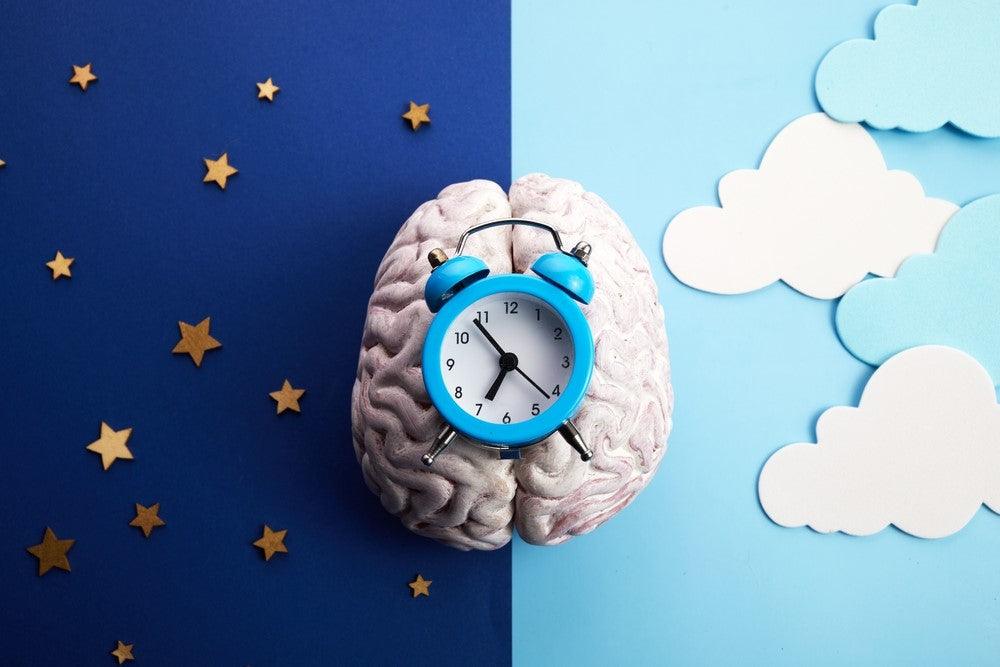
Are you an Owl or a Skylark? A thousand ways to sleep
Today we are dedicated to the fascinating world of circadian rhythms! We will explore the interesting concept of being an "Owl" or "Skylark" as a type of person, based on energy and preferences related to day and night. We'll find out how sleep patterns affect these preferences and how to understand your natural rhythm to improve your quality of life.
Sleep Rhythms and Circadian Cycles
Our body is governed by biological rhythms in connection with the cosmos and nature that are commonly called circadian cycles. It is the alternation of sleep-wakefulness, day-night rhythms, the body temperature that changes according to them, as well as the release of hormones and the alteration of other vital functions. The sleep-wake rhythm is what divides people between those who are called Owls and those who reflect Larks.
Who are the larks?
People defined as Skylarks are those who are most active during daylight hours, so that:
- They fall asleep early in the evening and wake up early in the morning
- They feel at their best and full of energy at the beginning of the day
- They have less energy in the late afternoon-evening
- They struggle to stay awake after a certain time
Clearly, considering the schedules and rhythms of the society in which we live, Skylarks have an advantage because their rhythms reflect social work habits. On the contrary, for Larks, it can be complicated to live the social life in the evening or at night because staying awake beyond 9-10 pm is very difficult.
Who Are the Owls?
The people defined as Owls are those who are most active during the night hours, therefore that:
- They like to go to bed late at night and snooze their alarm clock in the morning
- Feel better and energetic later in the day than in the morning
- They have a lot more energy at night
- They feel very tired when they have to wake up early
This being "night owls" has more negative effects than being Larks, because society is based on daytime work and social life. A recent study has highlighted greater mental health and metabolic problems in subjects defined as Owls, since living a daytime life involves continuous effort and adaptation to a condition that is unnatural to them. Owls make up 20% of the world's population, so an obvious minority compared to Skylarks.

Are you born an owl or a lark? What does it depend on?
According to recent studies from 2020, genetics are responsible for people's day or night preference. However, it is also necessary to keep in mind the social factors that influence the nature of the subject, for example the use of smartphones is converting many people from Larks to Owls due to the tendency to spend a lot of time on the phone on social media before sleeping or watching TV series until late at night. The study also showed that women seemed to be more likely to be larks, get up early in the morning and be energetic right away. The study also found a link between sleep chronotype and physical activity, in fact Skylarks are also advantaged and predisposed to intense physical activity.
How to try to change your sleep pattern to live better
If you realize that your chronotype does not correspond to the needs of the life you lead or have to lead, you can try with time and perseverance to change these rhythms. It's a good idea to start like this:
- Try to keep your sleep schedule regular even on weekends
- Eat regular meals (at fixed times)
- Take a short nap in the afternoon if you struggle to stay active
- Talk to your doctor about melatonin
- Stop using any technological devices before sleeping
- Practice breathing exercises and meditation to fall asleep
Regardless of whether you identify more with the Owl or the Skylark, remember that it remains essential to sleep well and be able to have quality sleep, regardless of whether it may be more day or night!















Leave a comment
This site is protected by hCaptcha and the hCaptcha Privacy Policy and Terms of Service apply.